![Image [1] - How to Create a Professional and High-Converting Website with Elementor: A Comprehensive Guide - photonwave.com | Professional WordPress Repair Service, Worldwide, Fast Response](https://www.361sale.com/wp-content/uploads/2024/07/2024072909391187.jpg)
This article will take you step-by-step through how to create a professional, high-converting website with Elementor. Whether you're a technical novice or an experienced user, this definitive guide will help you overcome technical hurdles, inspire your creativity, and ultimately create a website that not only looks great but delivers real results.
Essential things to do before your website is built
Before delving into the technical details of building a website, there are some key preparations that can help you succeed. These preparations may seem mundane, but they actually provide a solid foundation for your website.
Define the goals and objectives of the site
The purpose of the website needs to be clarified. Is it to sell products or services online (e-commerce)? Showcase your portfolio (portfolio site)? Provide information about your company (informational website)? Generate sales leads (lead generation website)? Or to build brand awareness and credibility (branding site)? Defining the purpose of your website will help you make informed decisions about design, content and functionality.
![Image [2] - How to Create a Professional and High-Converting Website with Elementor: A Comprehensive Guide - photonwave.com | Professional WordPress Repair Service, Global Reach, Fast Response](https://www.361sale.com/wp-content/uploads/2024/07/2024072909394481.png)
Once the purpose is clear, the next step is to set SMART goals:
- Specific: Define what you want to achieve, e.g. increase website traffic by 20%.
- Measurable: Use metrics to track progress, such as website traffic and conversions.
- Achievable: Setting goals that are actually achievable.
- Relevant: Make sure the goals are aligned with your business goals.
- Time-bound: Set deadlines for goals.
It is also crucial to identify your target audience. Understanding your audience's interests, needs and pain points can help you customize your website content and design to make it more appealing.
Market research and competitor analysis
Before building your website, it's crucial to conduct market research and competitor analysis. This will provide you with valuable insights into what works and what doesn't in your industry.
First, identify your main competitors. Visit their websites and take note of their design, content and user experience. Use tools like SEMrush and Ahrefs to analyze the traffic, keywords and backlinks of your competitors' websites. With this data, you can identify opportunities to outrank your competitors and attract more visitors.
Content planning and strategy
After clarifying your website's purpose, goals and target audience, the next step is to plan the content. Consider what types of content will accomplish your goals. For example, a consultant may create blog posts to showcase specialized knowledge, while an e-commerce business would need to create informative product pages.
Creating a content calendar will help you plan and organize your content creation efforts. The content calendar should include the title, type, target audience, keywords, publish date, author and status of each piece of content.
technological base
Now let's explore the technical basics of building a website. If this is confusing, rest assured that we will break it down into manageable steps.
1、Select domain name
A domain name is the address of your website on the Internet. It is important to choose a domain name that is easy to remember, relevant to your business and easy to spell. Here are some tips for choosing a great domain name:
- Keep it short: shorter domain names are easier to remember and type.
- Make it relevant: the domain name should reflect the company name or industry.
- Avoid hyphens and numbers: these can be confusing.
- Choose the right extension: The most common extension is .com, but there are also .org, .net, and .co.
![Image [3] - How to Create a Professional and High-Converting Website with Elementor: A Comprehensive Guide - photonfluctuation.com | Professional WordPress Repair Service, Global Reach, Fast Response](https://www.361sale.com/wp-content/uploads/2024/07/2024072909402324.png)
After selecting a domain name, check its availability and register it with a domain name registrar.
2、Choose the right hosting service provider
The hosting service provider is the foundation on which the website runs. Choosing the right hosting provider ensures that the website is accessible, secure and runs smoothly. Here are a few types of hosting:
- shared hosting: The most affordable, but shares resources with other sites.
- VPS (Virtual Private Server) Hosting: Provide more resources and control.
- Dedicated Host: Owns the entire server, providing the most resources and control.
- cloud hosting: Provides scalability and reliability using a network of servers.
When choosing a hosting provider, consider factors such as speed, uptime, security, scalability and support.
![Image [4] - How to Create a Professional and High-Converting Website with Elementor: A Comprehensive Guide - photonfluctuation.com | Professional WordPress Repair Service, Global Reach, Fast Response](https://www.361sale.com/wp-content/uploads/2024/07/2024072909404332.png)
3、Knowledge of content management systems (CMS)
![Image [5] - How to Create a Professional and High-Converting Website with Elementor: A Comprehensive Guide - photonfluctuation.com | Professional WordPress Repair Service, Global Reach, Fast Response](https://www.361sale.com/wp-content/uploads/2024/07/2024072909411167.png)
A CMS is the engine that drives your website, allowing you to create, manage, and publish content without programming knowledge. Here are some common CMS options:
- WordPress: The world's most popular CMS, powering more than 43% websites, with high flexibility and tons of plugins and themes.
- Wix: User-friendly for beginners, offering a drag-and-drop interface and multiple templates.
- Squarespace: Design-focused for creative people and businesses, with beautiful templates and easy-to-use tools.
WordPress is a powerful option, especially when combined with the Elementor website builder, to easily create beautiful, responsive websites.
4. Using Elementor to set up WordPress
Elementor is a powerful and intuitive website builder that simplifies the process of creating professional-looking websites. Here are the steps to set up WordPress with Elementor:
- Installing WordPress: Install WordPress on a web hosting account.
- Installing Elementor: Search for "Elementor" in the Plugins section of the WordPress dashboard and click "Installation"and"activate".
- Familiarize yourself with the interface: Explore Elementor's interface, including the main editing area and the widget panel.
- Select Topic: Elementor works with any WordPress theme, but the Hello theme works seamlessly with it.
- Start building: Start creating a website by adding sections, columns, and widgets to pages.
![Image [6] - How to Create a Professional and High-Converting Website with Elementor: A Comprehensive Guide - photonfluctuation.com | Professional WordPress Repair Service, Global Reach, Fast Response](https://www.361sale.com/wp-content/uploads/2024/07/2024072909413390.png)
Upgrading to Elementor Pro unlocks more advanced features such as Theme Builder, WooCommerce Builder, Popup Builder, Form Builder, and Marketing Integration.
Design your dream website
Now that we've laid the technical groundwork, it's time for the fun part: designing your dream website. This is where your brand's personality shines through and creates a visually stunning online experience for your visitors.
1、Choose a theme or template
The first step in designing a website is to choose a theme or template. When choosing, consider the following factors:
- Industry: choose a theme that matches the industry's aesthetic.
- Brand identity: choose a theme that reflects the personality of the brand.
- Functionality: Ensure that the theme has the required functionality.
- Responsive: choose a theme that automatically adapts to different screen sizes.
Elementor offers a rich set of pre-designed templates and a powerful theme builder that makes it easy to create custom headers, footers and other theme elements.
2. Basic pages and their structure
![Image [7] - How to Create a Professional and High-Converting Website with Elementor: A Comprehensive Guide - photonfluctuation.com | Professional WordPress Repair Service, Global Reach, Fast Response](https://www.361sale.com/wp-content/uploads/2024/07/2024072909452630.png)
Every business website needs some basic pages that need to be carefully designed for maximum effect.
- homepage
The homepage is the virtual front door and should quickly communicate what your business is about, what you offer and why visitors should choose you. Key elements of a great homepage include first-screen content, clear navigation, strong CTAs, social proof and recent blog posts or news.
Elementor offers a variety of pre-designed sections and customizable templates to help you create attractive homepages with ease.
- About Us Page
"The About Us page is an opportunity to tell the brand story and showcase the team and company values. Effective About Us pages include compelling stories, team profiles, company values and customer-centric content.
- Service or product page
Service or product pages need to be informative, persuasive and easy to navigate. Key elements include clear descriptions, high-quality visuals, transparent pricing, and clear CTA's. Elementor offers customizable widgets and WooCommerce integrations to help you create high-converting product pages.
- Blog (if applicable)
Blogging is a powerful tool for attracting natural traffic, establishing industry authority, and cultivating customer relationships. High-quality content, consistent posting schedules, SEO optimization, and clear CTAs are key components of a successful blog, and Elementor offers blog post templates and post widgets to help you create engaging blogs.
3. Visual hierarchy
Creating a clear visual hierarchy helps guide visitors' eyes to the most important information. To create a strong visual hierarchy, consider size, color, placement, and whitespace.Elementor's drag-and-drop interface and global settings can help you create a consistent and attractive visual hierarchy.
4. Elementor AI and Copilot
Elementor AI is a groundbreaking set of tools, including the powerful AI Copilot, which generates layouts and content, writes and optimizes text, generates code, creates images, and enhances existing images. These features streamline workflows, inspire creativity, and help you build great websites.
5. Compelling copy
Compelling copy engages your audience, conveys your brand message and motivates them to take action. Knowing your audience, keeping it simple, using strong headlines, highlighting benefits and using clear CTAs are key to writing effective copy, and Elementor offers text editors and AI writing assistants to help you create compelling content.
Optimization success
Creating a beautiful website is just the beginning. To truly succeed online, you need to optimize your site for search engines and user experience.
1、Search Engine Optimization (SEO)
![Image [8] - How to Create a Professional and High-Converting Website with Elementor: A Comprehensive Guide - photonfluctuation.com | Professional WordPress Repair Service, Global Reach, Fast Response](https://www.361sale.com/wp-content/uploads/2024/07/2024072909443050.png)
SEO is the practice of optimizing a website to rank higher in search engine results.SEO can improve website visibility, credibility and cost effectiveness.
- Keywords research and implementation
Keyword research is the foundation of your SEO strategy. Use a keyword research tool to identify high-traffic, low-competition keywords and naturally incorporate keywords in title tags, meta descriptions, headings and content.
- On-Page Search Engine Optimization
On-page SEO focuses on optimizing the elements of a web page to make it more search engine friendly. Key elements include title tags, meta descriptions, headings, image optimization and internal linking.
Elementor has built-in SEO features such as title tags, meta description editing, image alternative text addition and internal link creation.
Technical Search Engine Optimization
Technical SEO involves the overall structure and foundation of a website. Key factors include site speed, mobile optimization, site architecture, structured data and security.
Designed with performance in mind, Elementor offers features such as asset optimization, delayed loading, and integration with Cloudflare CDN.
2、User experience (UX) optimization
![Image [9] - How to Create a Professional and High-Converting Website with Elementor: A Comprehensive Guide - photonfluctuation.com | Professional WordPress Repair Service, Global Reach, Fast Response](https://www.361sale.com/wp-content/uploads/2024/07/2024072909435332.png)
Creating a visually appealing website is important, but it's equally important to ensure that visitors have a positive experience while browsing your site.
- Website speed and performance optimization
Website speed is a key factor in user experience. Studies have shown that the faster a website is, the higher the conversion rate. Optimizing images, shrinking code, using a CDN and choosing a fast hosting provider are effective ways to improve website speed.
Elementor offers asset optimization, delayed loading, and integration with Cloudflare CDNs to help you increase the speed of your website.
- Intuitive navigation and clear calls to action
Intuitive navigation and clear CTAs are essential for guiding visitors through your website and encouraging them to take the desired action.Elementor provides widgets for creating navigation menus and CTAs to help you create easy-to-use and visually appealing websites.
- Accessibility for all users
Website accessibility is designed to be used by everyone, including people with disabilities. Ensuring website accessibility is not only an ethical responsibility, but also improves SEO and user satisfaction.Elementor offers a variety of accessibility features such as ARIA properties and keyboard navigation support.
3、Design convertible product pages
High-converting product pages should have high-quality images, detailed descriptions, customer reviews, and clear CTAs.Elementor WooCommerce Builder provides product page templates, customizable widgets, and upsell suggestions to help you create stunning product pages.
4. Payment gateways, transportation and inventory management
Choose a payment gateway that is secure, reliable, and supports your customers' preferred payment methods, offers multiple shipping options, and tracks inventory levels.Elementor integrates seamlessly with WooCommerce to help you manage your eCommerce store.
Initiation and follow-up
![Image [10] - How to Create a Professional and High-Converting Website with Elementor: A Comprehensive Guide - photonfluctuation.com | Professional WordPress Repair Service, Global Reach, Fast Response](https://www.361sale.com/wp-content/uploads/2024/07/2024072909421162.png)
You are in the final stages of building your business website. Now it's time to share your masterpiece with the world.
1. Pre-release checklist
Before publishing, double-check content for accuracy, functionality testing, browser compatibility, mobile responsiveness, speed, and SEO settings.Elementor offers tools such as Responsive Mode, Preview Mode, and Revision History to help you complete your pre-publication checks.
2. Marketing your website
Launching a website is a major milestone, but the work doesn't end there. Use SEO, social media marketing, email marketing, paid advertising and content marketing to attract visitors and convert them into customers.
3. Monitoring and maintenance
Websites require ongoing maintenance and monitoring to ensure they are secure, up-to-date and performing well. Use Google Analytics to track website traffic, engagement and conversions, regularly update software and implement security measures.
4. Expand your website
As your business grows, so does your website. Choose a scalable hosting plan, optimize performance, and use a flexible CMS.Elementor is built for scalability, helping to easily adapt your website.
reach a verdict
In this comprehensive guide, we cover everything you need to know to create a professional, high-performance website. Continuously monitor your website's performance, make any necessary updates, and adjust your strategy as your business grows. We hope this guide will help you successfully create outstanding websites that will propel your business to thrive in the digital world.
Link to this article:https://www.361sale.com/en/14905
The article is copyrighted and must be reproduced with attribution.




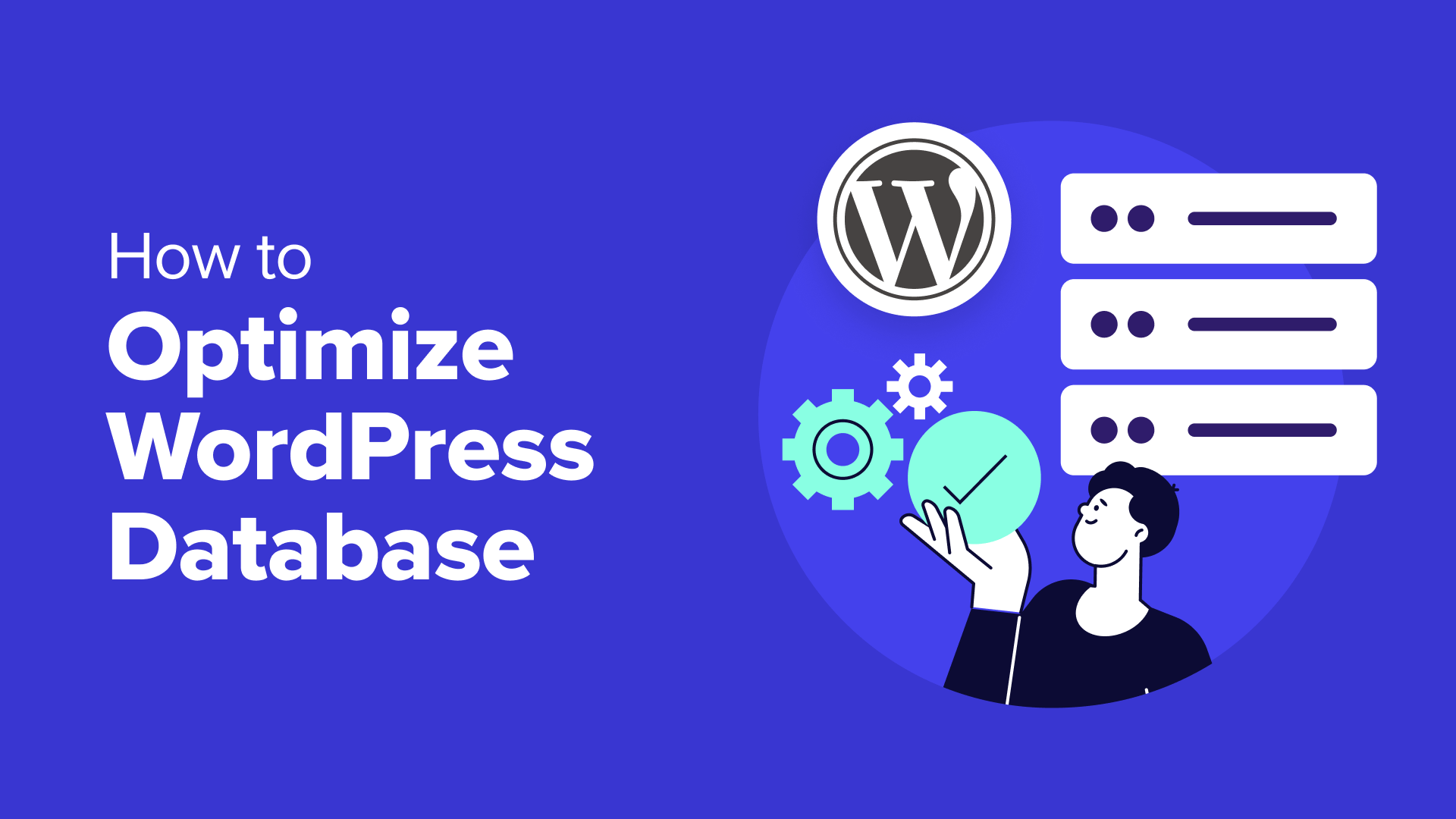


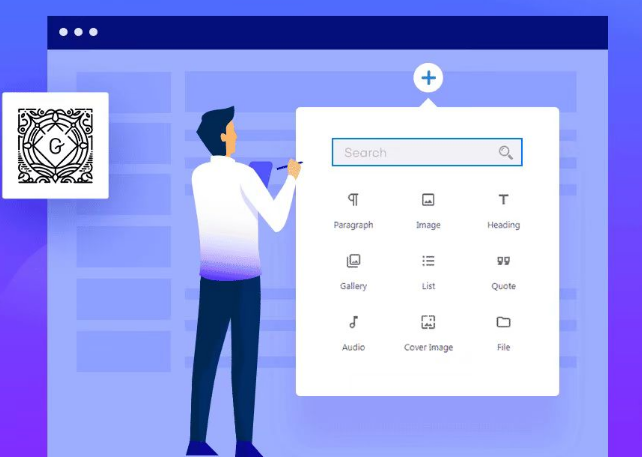







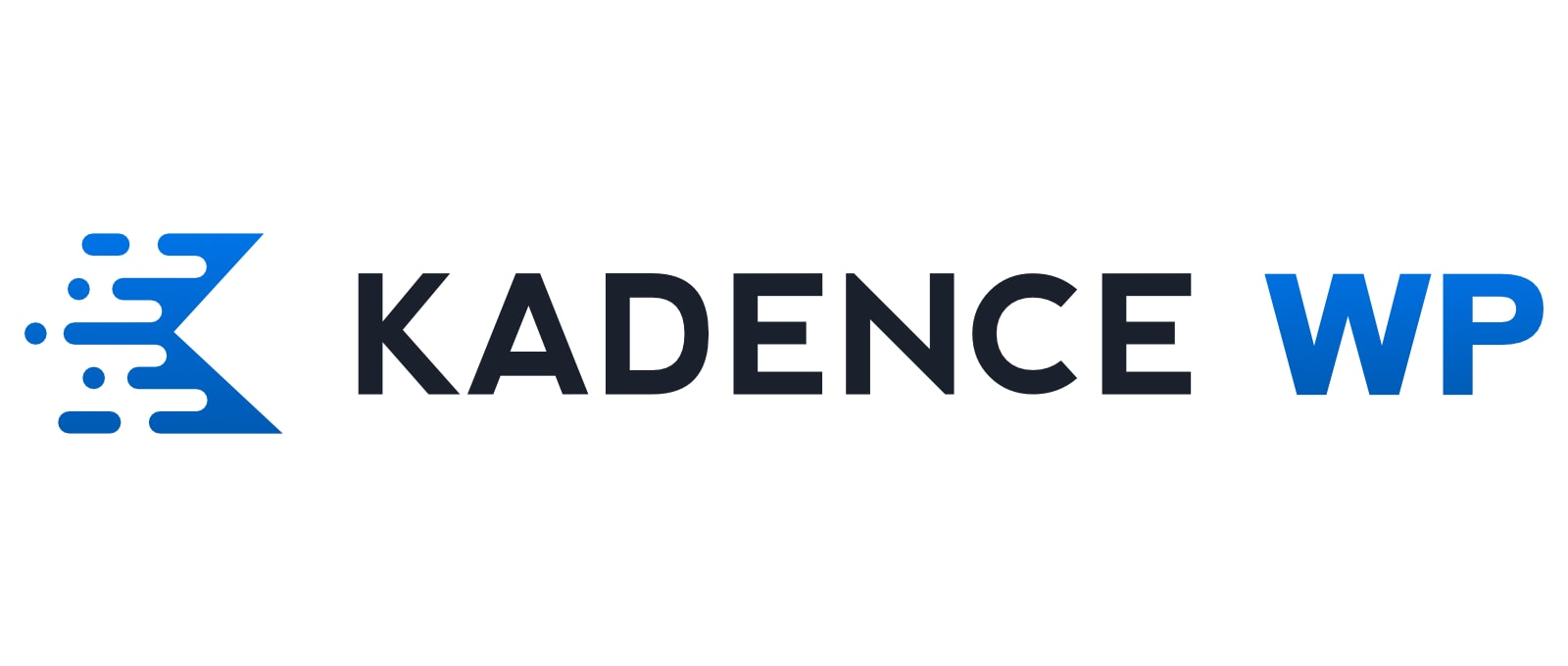



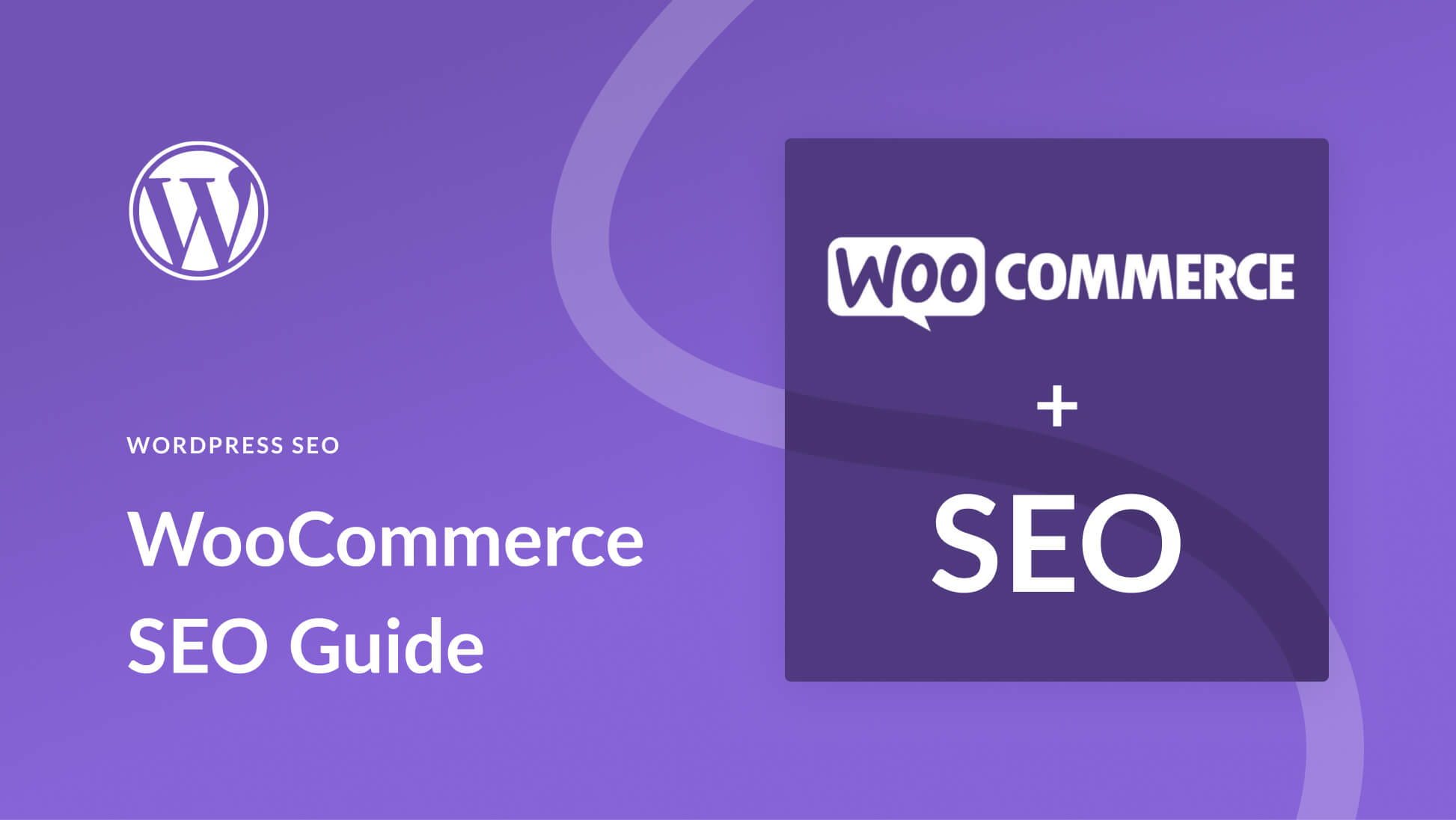
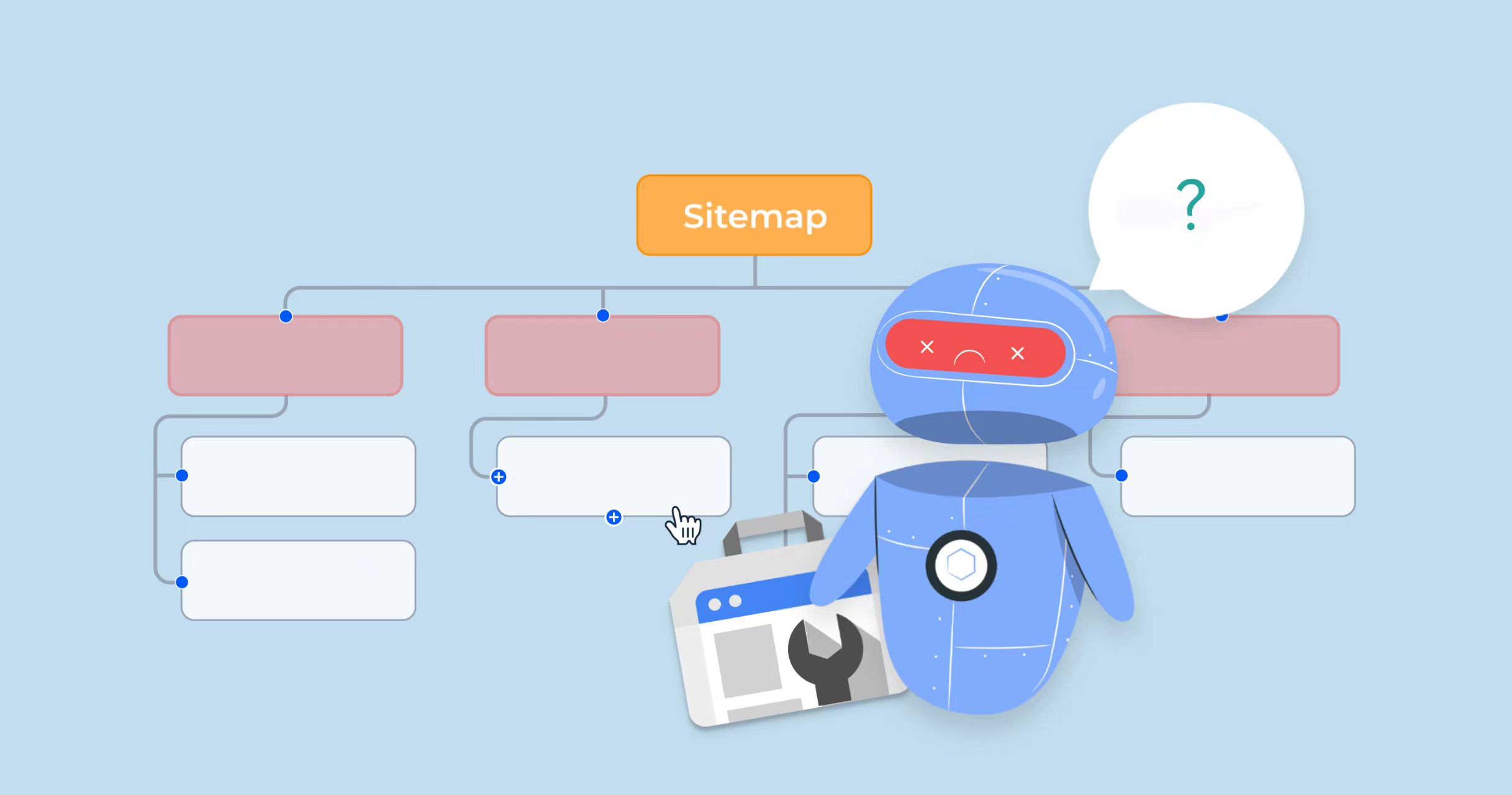
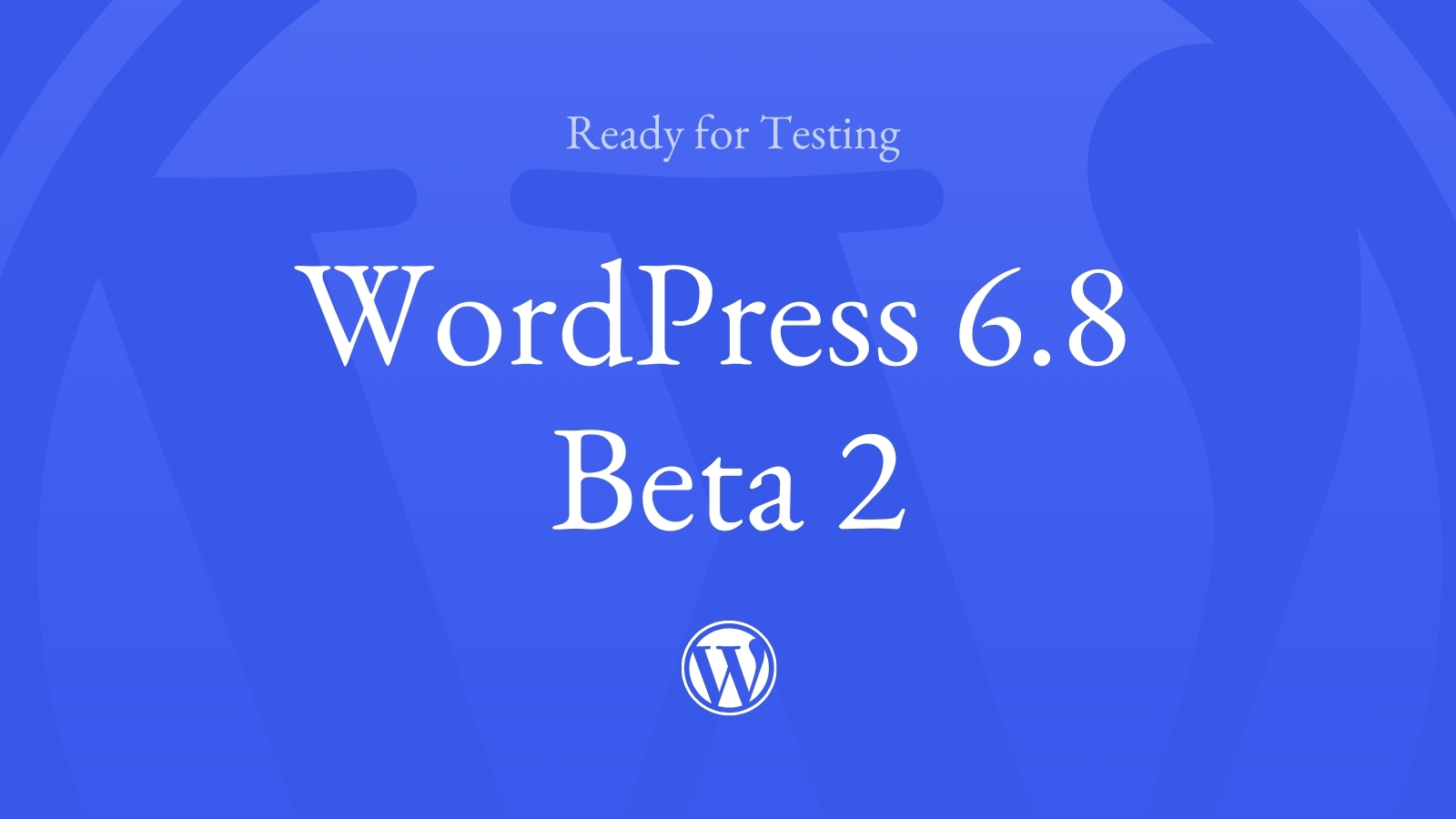










No comments